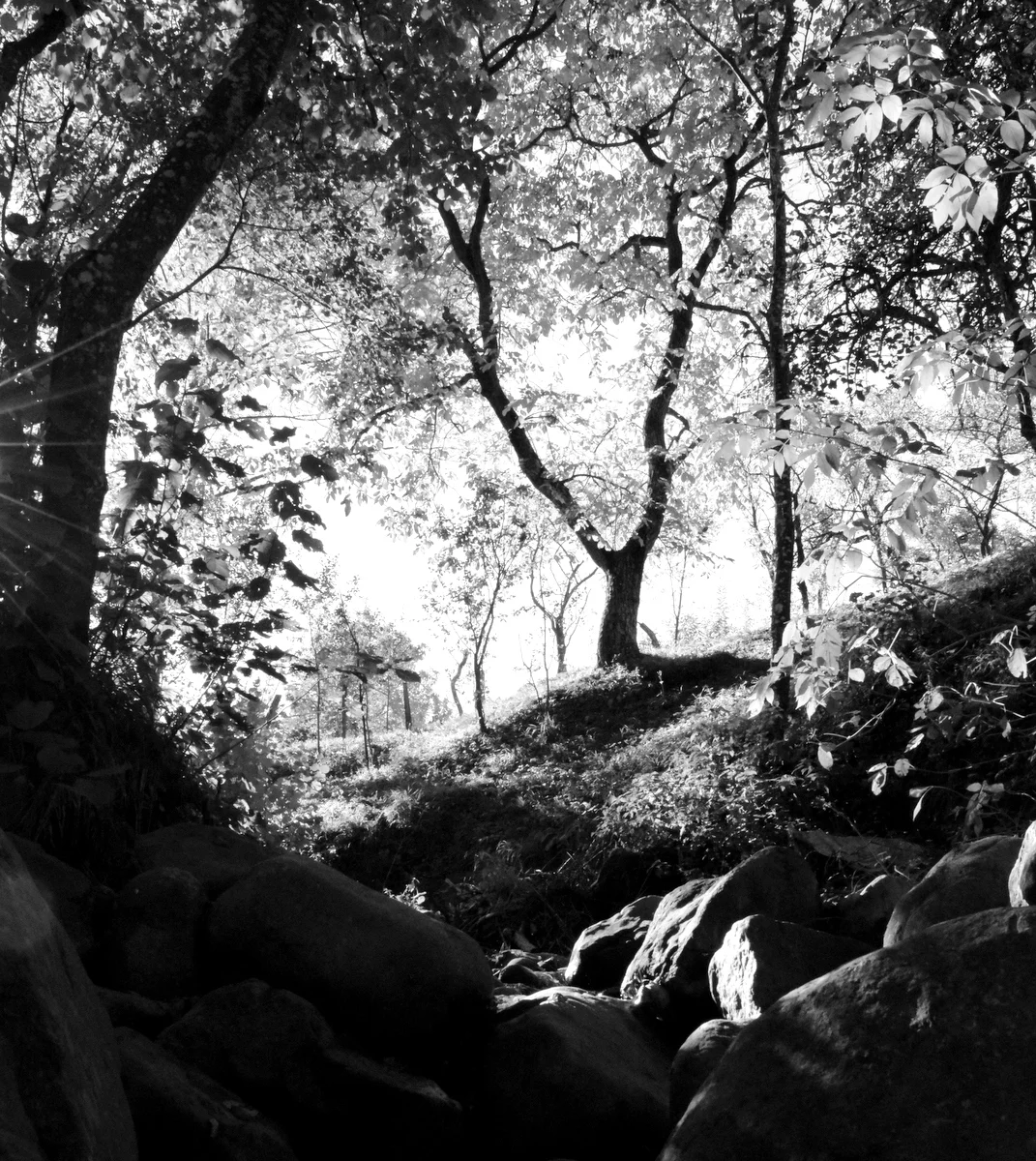As the days are getting colder and the nights are getting longer, we feel the urgency to slow down. It is time to withdraw into our cosy lairs and dream about the future. A future which benefits the seasoned environment, as well as satiates our human needs and desires.
Yet, there are questions begging to be asked: "When was the last time you had a screen-free day to spend hours fantasising how to achieve a sustainable future?" and "When was the last time you spent an entire weekend without a device by your side?" Most of us don't even know what that feels like anymore, though it is likely that we grew up without a constant stream of technology, so remembering is only a silent thought away. With digital devices shut off, the quiet that ensues is relaxing, calming, and downright grounding - especially if you have the time and place for a barefoot walk.
The human species has embraced technology with the tightest grip in such a short amount of time, that our brains and eyes are moving faster than we can comprehend. How can we fully absorb the growing flow of information? In favor of being entertained online, we have left behind the abundant wealth of nature, which is quick on the decline due to our habits of over-consumption. However, it is never too late to let go of that embrace, to slowly pull away and admit that perhaps it was not the 'love at first swipe' that we first imagined.
It is wonderful to know, that the best things in life still happen off the screen, just ask any wild child.
Just the other day, my husband and daughter were playing out in a neighbouring field, throwing a stainless steel cup attached to a flat cotton wick for oil lamps (a homemade toy). Amidst all the fun of tossing high into the strong wind - to watch it fly - a fox appeared close to the hedgerow going about his/her business. It was a magical moment, just the three of them, no screens in sight, no camera to capture the moment. It was a connection with nature that will last a lifetime.
What does designing a sustainable life have to do with a chance-encounter of meeting a red fox? Everything.
See, when we are stuck behind screens (televisions, tablets or the like), we are mere observers in the game of life. It often appears that we are here to be entertained, rather than to be key players in the main event. We often choose what is easy and uncomplicated, preferring not to get our hands dirty. We've become a society of watchers, rather than doers, though we can change that too - if we want - and that is why sustainability starts at home.
It begins with limiting our addiction to technology, learning, once again, how to shut off the noise that clouds our heads with some important and much useless information. It takes gathering the time and courage to get outside, and hike further afield then we are used to exploring. It takes getting outside of our comfort zone, off of the couch and out of our climate-controlled homes.
If there is one single thing that we need to realise quickly about sustainability, it is that we all make an impact - in the right or wrong direction. Let go of your "need" for plastic, and seek out natural, renewable alternatives instead. Go minimalist and pare down your wardrobe, keeping only the essentials. Then practice your handcrafting skills and knit, crochet and sew the next garments that enter your closet. Do a wonderful job and they may just last a lifetime! Lighten your load and practice buying nothing new for an extended period of time - there are so many ways to reduce your impact on this Earth.
Designing a sustainable life is not a trend, it is an important aspect of our modern life - for if we fail to change, nature will no longer be on our side.
And since we are inspired by nature every day, most of you reading this are too, the prospect of losing bits and pieces of our environment is a thought too great to bear. We'd rather live simply, so that all bears (white, black, tall and small) can roam the forests freely, just as nature intended.
Do your dreams of a sustainable life keep nature in mind?

















